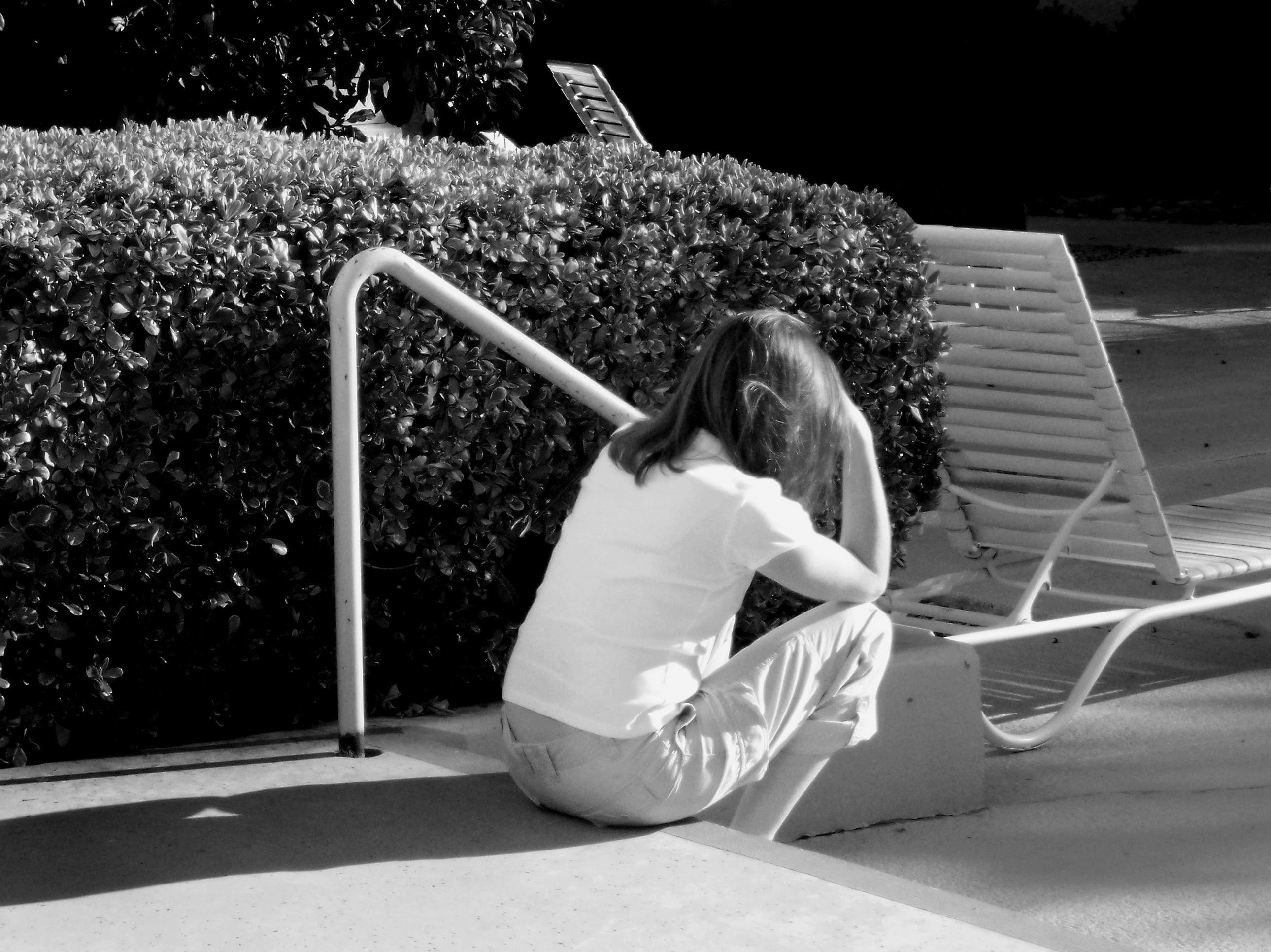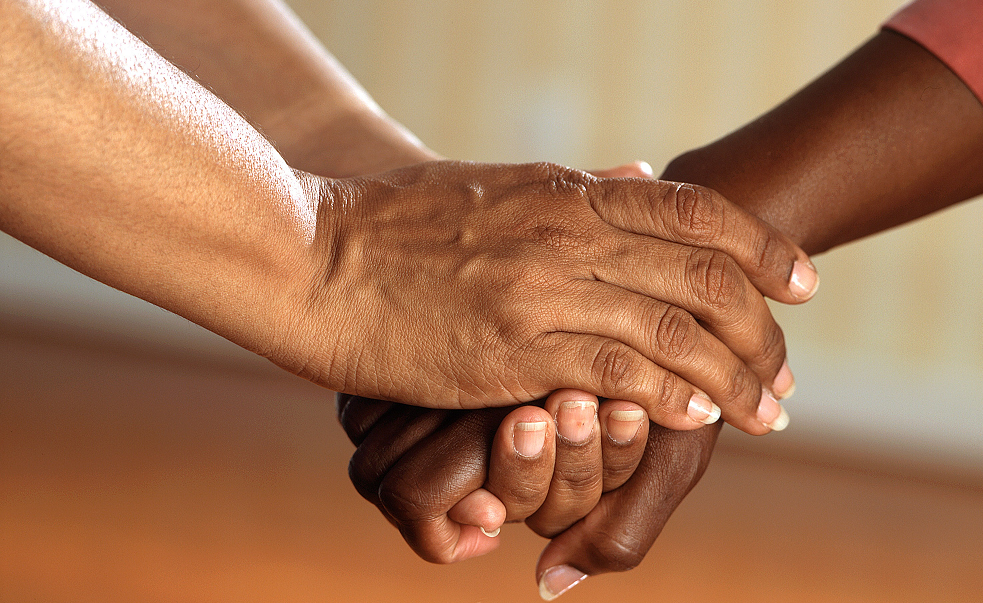How to practice socialization after thriving in isolation
As the vaccination rate rises and COVID-19 restrictions begin to decrease, everyday activities are slowly becoming normal. But for those who have thrived during isolation, the idea of participating in social activities again may be daunting.
“Socialization is important because touching and talking to people is a natural cure for anxiety and depression,” said Dr. Asim Shah, professor and vice chair in the Menninger Department of Psychiatry and Behavioral Sciences at Baylor. “But those who experience social anxiety and enjoy staying at home do not need to socialize immediately – they need to take baby steps.”
Many have experienced a complete lack of socialization throughout the pandemic and may need to relearn how to interact effectively. According to Shah, the best way to practice safe social interaction is by following CDC guidelines, which state that vaccinated people can gather in small groups.

If you are vaccinated, start with small, controlled gatherings with other vaccinated people for a short period of time to practice the act of socializing. Once you overcome that step, increase the amount of time you spend with others while abiding by CDC guidelines. Those who are not vaccinated can meet in smaller groups outdoors for social interaction.
If you thrive in a socially isolated setting and you fear being in public after spending so much time at home, visit places that are familiar and limit your time there. Gradually, you can increase the time you spend in that location. Shah suggests going out with a friend, spouse or family member that will make you feel more comfortable. If you plan to go to a store, restaurant or any public location, make sure the exits are in sight so you can easily leave if you become panicky or afraid.
Throughout the pandemic, working remotely became the norm for many organizations. Employees are gradually returning to the workplace in person, which may cause anxiety for those enjoying working from home. Some even started new jobs remotely in the middle of the pandemic without meeting their colleagues in person.
If you are worried about how to interact with coworkers, old and new, start having interactions with them safely in person or via Zoom so you see their facial expressions to learn how to interact with them.
Start working from the office a few days a week if possible, then increase your time in increments. Sit in a larger conference room with fewer people while appropriately distanced to practice interacting with colleagues, or to get to know your new colleagues.
“If you’ve been working from home five days a week, don’t immediately go to work five days a week. Gradually work your way up. If you return right away, you may experience anxiety flipping the switch suddenly,” Shah said.
Those who have a fear of leaving their home due to social anxiety can join online groups with video capabilities to interact with others, which can reduce anxiety. You could also have a gathering outside with your colleagues to feel welcome when returning to the workplace to increase your comfort level.
Seek help from mental health professionals to practice cognitive behavioral therapy techniques to challenge and overcome feelings of anxiety or depression.
“If you are more introverted and don’t socialize, your anxiety will worsen. This year has proven that social isolation is the number one cause of depression in Americans,” Shah said. “If you suffer from depression, you can experience feelings of anxiety, PTSD or being suicidal. Start interacting with others slowly but surely to reduce those feelings.”
Learn more about the Baylor Psychiatry Clinic or call 713–798–4857 to schedule an appointment.
-By Homa Shalchi



